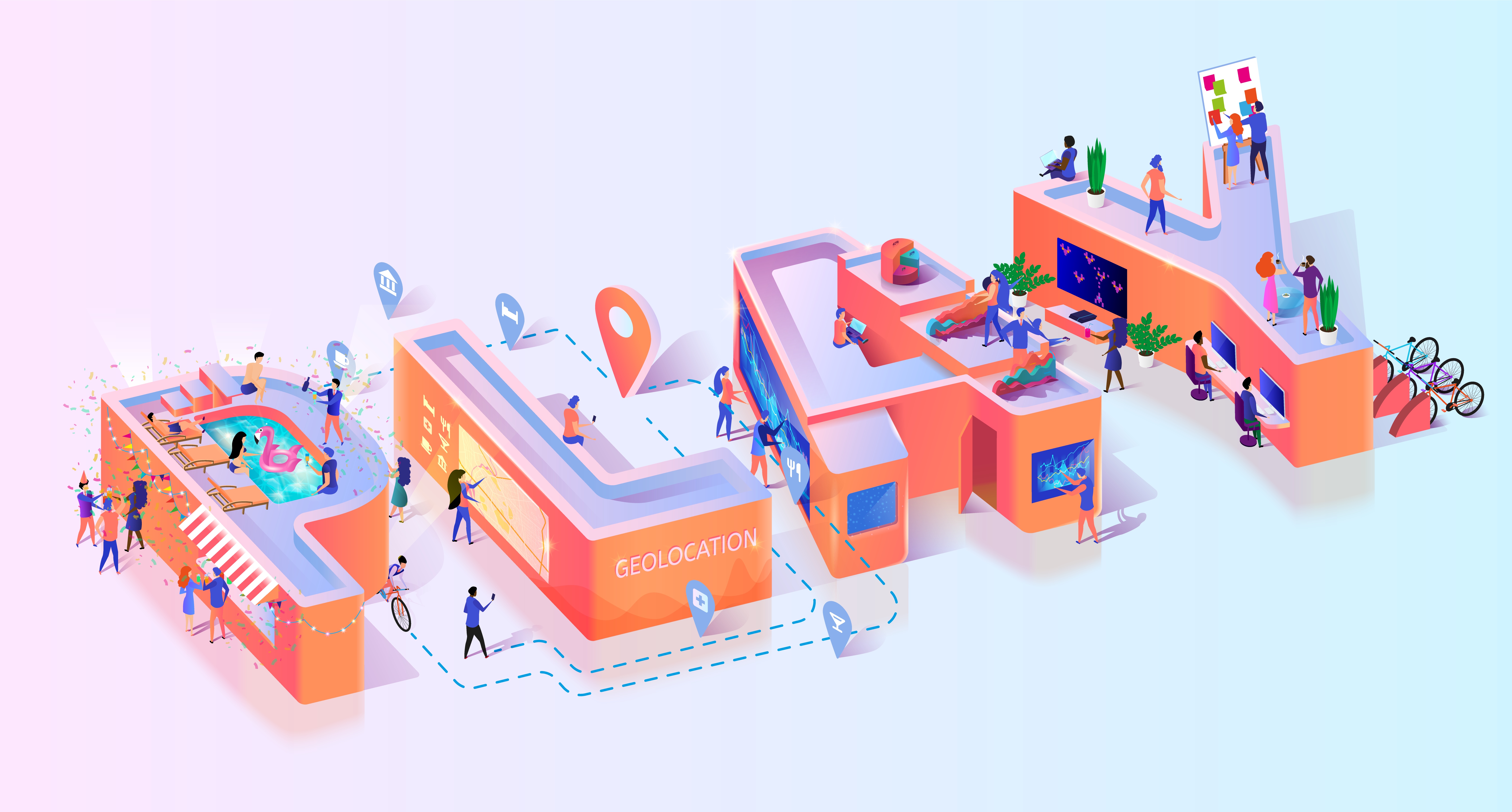
Beyond the leader board: Taking gamification to the next level
Gamification has been a key industry trend for the past few years, but are we really getting the most out of what it has to offer?
What is gamification?
The key to making the most of gamification is not only to understand what it is, but also to know the boundaries of what gamification is not. Put simply – gamification is not a game.
Instead, it means taking elements we see within game design and applying them to non-game contexts. The most recognisable form of this in eLearning is the addition of points, badges and leader boards to training solutions.
So why is games-based learning so effective?
Games-based learning works because it responds to the way that people learn now. Our workforce is becoming more digitally literate – they consume information faster and learn on an ad-hoc basis, with Google at their fingertips.
Learning and training needs now have to compete with the high-impact digital distractions of our trainees’ day-to-day lives, such as social media and gaming platforms. It makes sense to provide information to trainees using the same strategies as their preferred digital consumption.
But what about the section of our workforce that isn’t regularly digesting video games and social networking? The fact is that gamification is already embedded in our daily lives, whether we realise it or not.
You’d be hard-pressed to find someone who doesn’t own a store points card – being rewarded with points for the purchases they make. This form of gamification is so embedded that we readily except it and recognise the impulse of “I’ll return to that store so I can earn more points/spend the points that I’ve saved up”.
Troubleshoot your gamification
“I added points, badges and a countdown timer… the training has high levels of completion and learner satisfaction… so why aren’t I seeing the impact of my training in the long-term?”
This is a commonly asked question in our industry. To understand the answer, we have to dig a little deeper into how we’re using gamification.
Applying basic gamification strategies, such as points, badges and leader boards, increases learner-satisfaction through in-game rewards, when applied in contexts that make sense to the learner. But when the gamification ends – so do the rewards.
So how do we capture this motivation in our trainees and extend it past the boundaries of our training sessions?
Going beyond badges, points and leader boards
Taking gamification to the next level is actually surprisingly straight-forward, but often overlooked. In fact, when used effectively, these powerful techniques are proven to increase learner motivation past the training session and encourage trainees to continue applying learning outside of training sessions.
Let’s take a look at three key approaches.
1. Empower your learners
Simply put, by giving your trainee more control over their learning environment, you increase their investment. They feel like what they do actually matters, affecting an aspect of the training, which makes it feel specifically personal.
Many games traditionally allow players to choose a digital representation of themselves to play, also known as an ‘avatar’. Allowing learners to select a character to represent them throughout their training is a powerful tool, increasing immersion in the learning content.
When the same personalised character exists across multiple courses on a platform, the investment levels of our trainees increase even further.
2. Reward mastery
Instead of rewarding the rote-learning of correct answers, shift the focus to reward trainees for applying the skills and the knowledge that you need them to know. This empowers them to master relevant learning, which they are more likely to put into action outside of training.
This might sound like a difficult concept to put into practice, but it really comes from thinking about what you need actually need your workforce to do. What is the main purpose of the training?
An organisation might want to increase sales by improving their product awareness training. So, let’s allow trainees to put their sales into practise. We reward them for responding to creative scenarios correctly – increasing the difficulty level over time and measuring their accuracy or speed to provide reward.
3. Promote social learning
Learners become more invested in training when it’s clear they’re not completing it in isolation. In other words, training is more effective when learners know that a bunch of other people are in exactly the same situation as them. To bring this into our courses, we can borrow techniques found in multiplayer games.
Allowing learners to compete or collaborate in challenges builds a learning culture within your organisation. Learners develop a dialogue around content, which reinforces ideas and makes them transferable to real world scenarios.
The benefits of this are pushed even further when we use cutting-edge technologies that allow our learners to communicate in real-time.
Gamify your learning solutions
Here at BYG, our learning experts are continuously developing our portfolio of top-quality gamification solutions that make an impact. If you’d like to learn more about how we can help you take your learning to the next level, contact Andy Gamble andy.gamble@bygsystems.com or call me on 07368 437 094.


Sorry, the comment form is closed at this time.